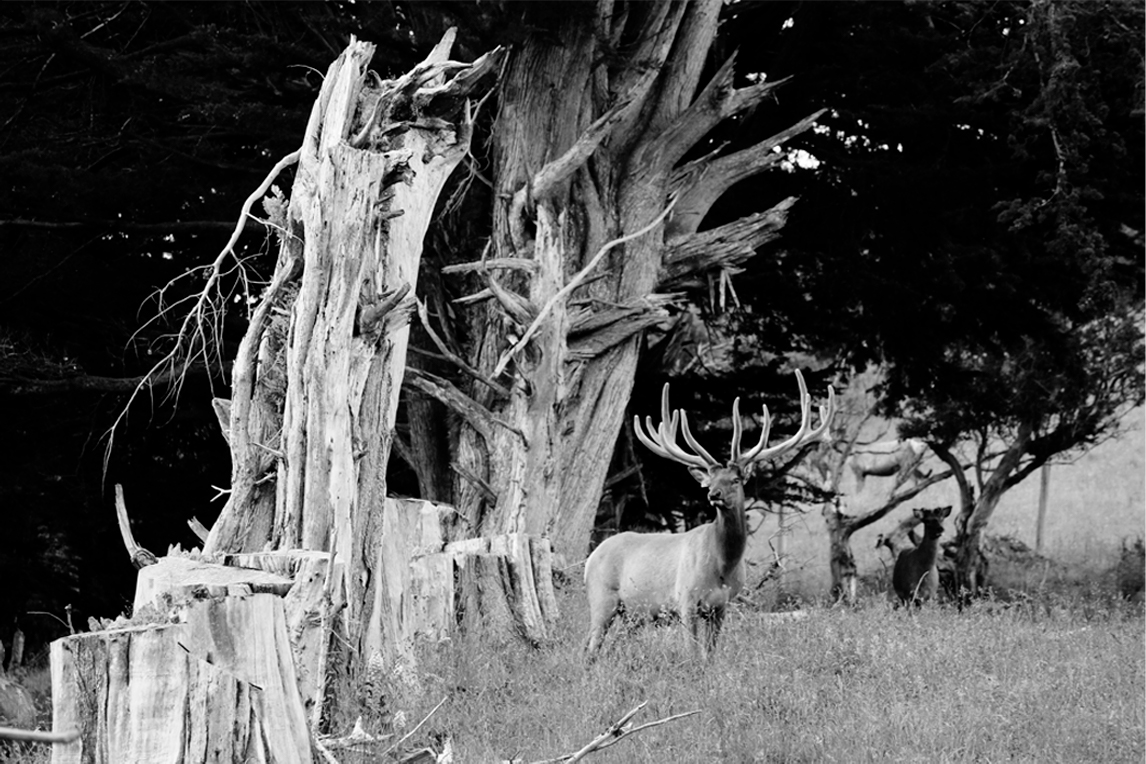A guide to farming Fallow Deer. It’s important to understand that these graceful animals can be shy and timid but can become paranoid and panicked at the slightest provocation.
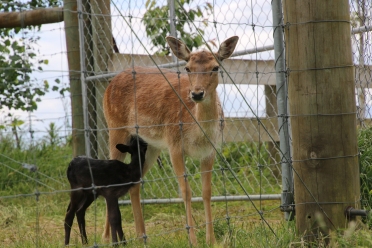
- Male Fallow Deer - Buck
- Female Fallow Deer – Doe
- Young Fallow Deer – Fawn
Mature Fallow bucks can reach a weight of 90-100kg and shoulder height of 85cm to a metre. Doe’s on the other hand are considerably lighter at between 35-45kg and a shoulder height of 70-85cm. Fawn birth weights are around 3-4.5kg.
Fallow deer come in a variety of different coat colours, ranging from black, white, menil and common (brown with white or cream spotting). Less common are cream, sandy, sooty dun, blue roan, silver grey and dark dun.
Fallow deer adapt to many different climatic/farming environments. Minimal intervention is required once the basics infrastructure is in place. The daily management of these hardy animals is fairly easy care with minimal handling requirements.

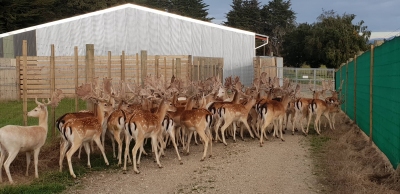 Understand and appreciate the animal's nature. Having yards that are predictable and simple to navigate will allow the deer to flow more easily through the yards Putting the deer into smaller and manageable groups makes handling a lot easier.
Understand and appreciate the animal's nature. Having yards that are predictable and simple to navigate will allow the deer to flow more easily through the yards Putting the deer into smaller and manageable groups makes handling a lot easier.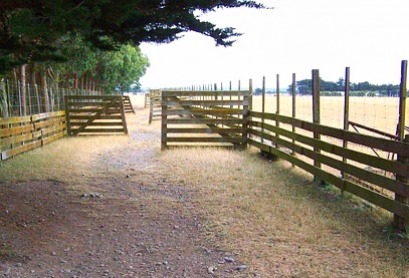 It is strongly recommended that you approach local deer farmers in your area to gain knowledge and understanding of a deer operation to assist you in developing your farm layout. Races should be no more than 3-4 metres wide leading into the yards.
It is strongly recommended that you approach local deer farmers in your area to gain knowledge and understanding of a deer operation to assist you in developing your farm layout. Races should be no more than 3-4 metres wide leading into the yards.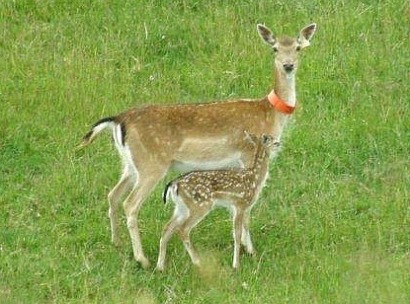 Fallow Deer breeding season starts around 15th April to about the 10th of May. Fallow does have the natural ability to synchronise themselves to achieve around 85 percent conception rate to the first service.
Fallow Deer breeding season starts around 15th April to about the 10th of May. Fallow does have the natural ability to synchronise themselves to achieve around 85 percent conception rate to the first service. 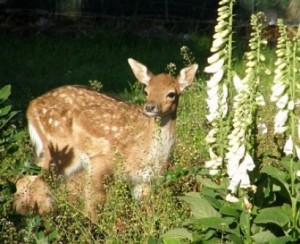 Fallow deer thrive on high quality ryegrass and clover pasture.
Fallow deer thrive on high quality ryegrass and clover pasture. 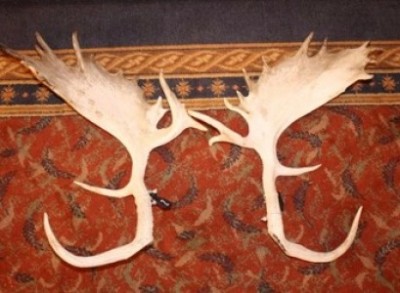 Antlers serve the purpose in sexual display and territory defence. Shape and style of the antlers is determined by the genetics.
Antlers serve the purpose in sexual display and territory defence. Shape and style of the antlers is determined by the genetics. 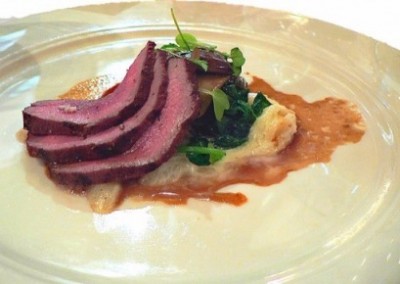 Well grown weaner bucks should reach live-weights of about 45-50kg at slaughter at 12-15 months, carcass weight being 25-30kg.
Well grown weaner bucks should reach live-weights of about 45-50kg at slaughter at 12-15 months, carcass weight being 25-30kg.